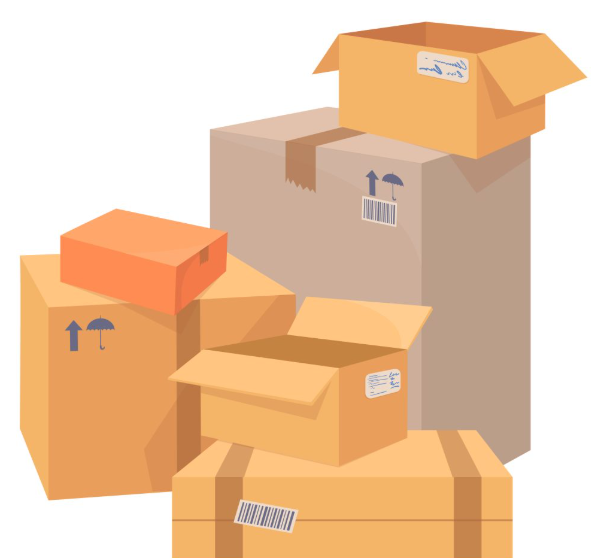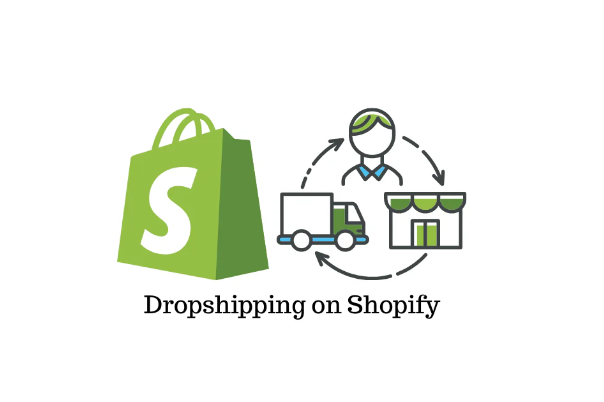Starting a dropshipping business on Shopify can be an exciting venture for aspiring entrepreneurs. This comprehensive guide will walk you through the essential steps to launch your dropshipping store, optimize your operations, and effectively market your products.
Understanding Dropshipping
What is Dropshipping?
Dropshipping is a retail fulfillment method where a store doesn't keep the products it sells in stock. Instead, when a store sells a product, it purchases the item from a third party and has it shipped directly to the customer. This business model eliminates the need for inventory management and upfront investment in stock, making it an attractive option for new entrepreneurs.
How Does Dropshipping Work?
- Partner with a Supplier: Choose a reliable dropshipping supplier who will handle inventory and shipping.
- Set Up Your Online Store: Create your Shopify store and list products from your supplier.
- Receive Customer Orders: When a customer places an order, you forward the order details to your supplier.
- Supplier Ships the Product: The supplier packs and ships the product directly to the customer.
- Manage Customer Service: Handle any inquiries or issues that arise during the process.
Getting Started with Shopify Dropshipping
Step 1: Create Your Shopify Store
To begin, sign up for a Shopify account. Shopify offers a free trial, allowing you to explore its features without any financial commitment.
- Choose a Store Name: Select a name that reflects your brand and niche.
- Connect a Domain: Register a domain name that matches your store name for better branding.
- Customize Your Store: Use Shopify's themes to design your store's layout. Focus on creating an appealing homepage and product pages.

Step 2: Select Your Niche
Choosing the right niche is crucial for your dropshipping success. Consider the following:
- Passion vs. Demand: Select a niche you are passionate about but also ensure there is sufficient market demand.
- Research Competitors: Analyze competitors in your chosen niche to identify gaps in their offerings that you can fill.
- Market Trends: Use tools like Google Trends to assess the popularity of potential niches.
Step 3: Choose a Dropshipping Supplier
Your choice of supplier can significantly impact your business's success. Here are some popular options:
- AliExpress: Offers a vast range of products with global shipping options.
- Spocket: Connects you with suppliers based in the US and Europe for faster shipping times.
- Zendrop: Provides access to millions of products with automated order fulfillment features.
Evaluate suppliers based on product quality, shipping times, and customer service before making a decision.
Setting Up Your Store
Step 4: Optimize Payment and Shipping Settings
- Payment Options: Set up payment gateways such as PayPal or Stripe to facilitate transactions.
- Shipping Rates: Consider offering free shipping by incorporating shipping costs into product prices. This strategy can enhance conversion rates by appealing to cost-conscious customers.
- Store Policies: Create clear return, refund, and privacy policies using Shopify's built-in tools to build trust with customers.
Step 5: Import Products
Once you've selected your supplier, import products into your Shopify store using dropshipping apps like DSers or Oberlo. These apps streamline product management by automating inventory updates and order processing.
- Product Descriptions: Customize product descriptions to make them unique and engaging. Avoid using default descriptions provided by suppliers, as they may not resonate with your target audience.
- Pricing Strategy: Set competitive prices that allow for profit margins while remaining attractive to customers.

Shopify Dropshipping How To Start
Marketing Your Dropshipping Store
Step 6: Build an Effective Marketing Strategy
Marketing is essential for driving traffic and sales to your dropshipping store. Consider these strategies:
- Social Media Marketing: Utilize platforms like Instagram, Facebook, and TikTok to showcase your products through engaging content and advertisements.
- Content Marketing: Create blog posts related to your niche that provide value to potential customers while linking back to relevant products in your store.
- Email Marketing: Build an email list by offering incentives such as discounts or exclusive content. Use email campaigns to nurture leads and encourage repeat purchases.
- Search Engine Optimization (SEO): Optimize your product pages and blog content for search engines to improve visibility and attract organic traffic.
Managing Your Dropshipping Business
Step 7: Monitor Performance
Regularly analyze key performance indicators (KPIs) such as sales volume, website traffic, and conversion rates. Use Shopify's analytics tools or Google Analytics to gain insights into customer behavior and identify areas for improvement.Step 8: Customer Service ExcellenceProviding exceptional customer service can differentiate your brand from competitors. Ensure timely responses to inquiries, address issues promptly, and consider implementing live chat support on your website for immediate assistance.
Scaling Your Dropshipping Business
As your business grows, consider these strategies for scaling:
- Expand Product Offerings: Introduce new products based on customer feedback and market trends.
- Automate Processes: Use automation tools for inventory management, order fulfillment, and marketing campaigns to save time and reduce errors.
- Explore New Markets: Consider targeting international customers or expanding into new niches once you establish a solid foundation in your initial market.
Conclusion
Starting a dropshipping business on Shopify can be both rewarding and profitable with the right approach. By following these steps—selecting a niche, choosing reliable suppliers, optimizing your store setup, implementing effective marketing strategies, managing customer relationships, and scaling wisely—you can embark on a successful dropshipping journey that meets your entrepreneurial goals.With dedication and continuous learning, you'll be well-equipped to navigate the dynamic world of e-commerce through dropshipping on Shopify.


